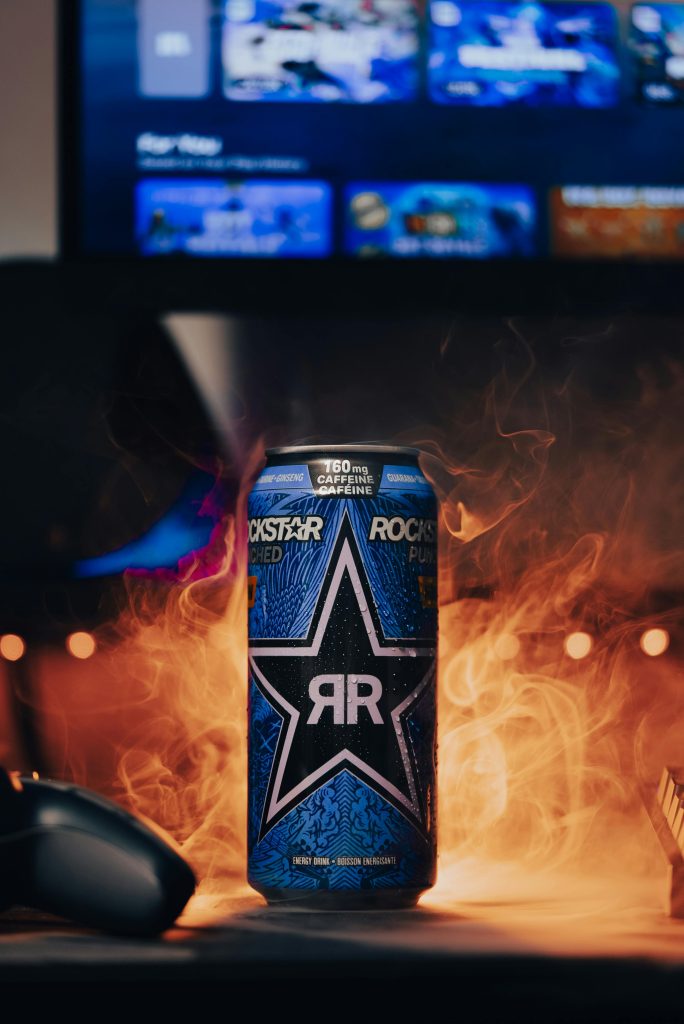Troubleshooting Dual Monitor Setup with HDMI to VGA Adapter After Hardware Upgrade
Upgrading your PC hardware can significantly enhance performance, but it sometimes introduces unexpected conflicts, especially when configuring multiple displays. Recently, a user faced challenges in setting up a dual monitor system after transitioning from an Intel-based build with dedicated NVIDIA graphics to an AMD Ryzen 5 3400G integrated graphics setup on an MSI A320 Pro Max motherboard. This article aims to provide insights into common issues with HDMI to VGA adapters in such scenarios and offers practical solutions to ensure a seamless multi-monitor experience.
Understanding the Transition
Initially, the user operated a system with an Intel CPU paired with an external NVIDIA graphics card, allowing straightforward multi-monitor connections:
- VGA monitor connected via motherboard’s VGA port.
- HDMI monitor connected through the GPU’s HDMI port.
This setup worked flawlessly, leveraging the dedicated GPU’s capabilities and legacy ports on the motherboard.
However, after switching to the AMD Ryzen 5 3400G integrated graphics and the MSI A320 Pro Max motherboard, the user encountered difficulties:
- No VGA port is available on the new motherboard.
- An HDMI-to-VGA active adapter was purchased, following recommendations.
- The adapter appears to be functional (verified via connecting directly to a TV), but the monitor remains unrecognized.
Common Causes and Solutions
- Integrated Graphics Limitations
The AMD Ryzen 5 3400G’s integrated Radeon graphics support multiple displays, but motherboard output options are critical. The MSI A320 Pro Max does not feature native VGA ports, necessitating external adapters or docks.
- Compatibility of HDMI to VGA Adapters
Active HDMI-to-VGA adapters convert digital HDMI signals to analog VGA but require proper detection by the graphics card and compatible drivers. Not all adapters are created equal; some may have compatibility issues or rely on specific power sources.
- Display Detection Settings
Sometimes, Windows (or the operating system) does not automatically detect the new monitor. Manually prompting a detection can resolve display recognition issues.
-
BIOS and Graphics Driver Settings
-
Ensure that the integrated graphics are enabled in the BIOS.
- Update graphics drivers to the latest version compatible with the Ryzen APU.
- Check BIOS settings for primary display configuration.
Recommendations for Resolution
- Verify Adapter Functionality
Although the adapter works with a TV, confirm that it is an active, high-quality HDMI-to-VGA converter with sufficient power (some models require
Share this content:



